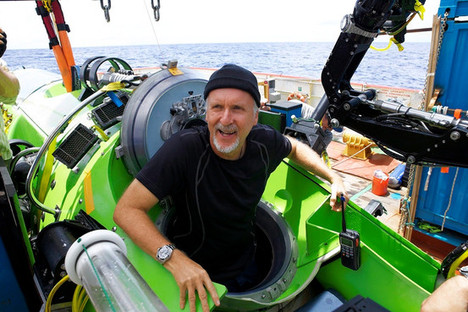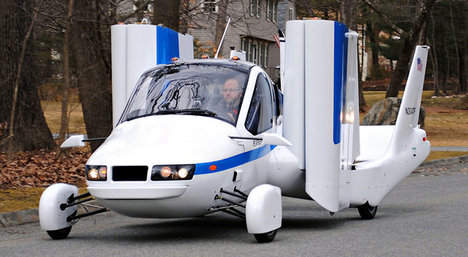(p. A21) As a young man, Peter Thiel competed to get into Stanford. Then he competed to get into Stanford Law School. Then he competed to become a clerk for a federal judge. Thiel won all those competitions. But then he competed to get a Supreme Court clerkship.
Thiel lost that one. So instead of being a clerk, he went out and founded PayPal. Then he became an early investor in Facebook and many other celebrated technology firms. Somebody later asked him. “So, aren’t you glad you didn’t get that Supreme Court clerkship?”
The question got Thiel thinking. His thoughts are now incorporated into a course he is teaching in the Stanford Computer Science Department. (A student named Blake Masters posted outstanding notes online, and Thiel has confirmed their accuracy.)
One of his core points is that we tend to confuse capitalism with competition. We tend to think that whoever competes best comes out ahead. In the race to be more competitive, we sometimes confuse what is hard with what is valuable. The intensity of competition becomes a proxy for value.
In fact, Thiel argues, we often shouldn’t seek to be really good competitors. We should seek to be really good monopolists. Instead of being slightly better than everybody else in a crowded and established field, it’s often more valuable to create a new market and totally dominate it. The profit margins are much bigger, and the value to society is often bigger, too.
Now to be clear: When Thiel is talking about a “monopoly,” he isn’t talking about the illegal eliminate-your-rivals kind. He’s talking about doing something so creative that you establish a distinct market, niche and identity. You’ve established a creative monopoly and everybody has to come to you if they want that service, at least for a time.
For the full commentary, see:
DAVID BROOKS. “The Creative Monopoly.” The Wall Street Journal (Tues., April 24, 2012): A21.
(Note: the online version of the article is dated April 23, 2012.)
The online Peter Thiel notes are at:
http://blakemasters.tumblr.com/post/21169325300/peter-thiels-cs183-startup-class-4-notes-essay






